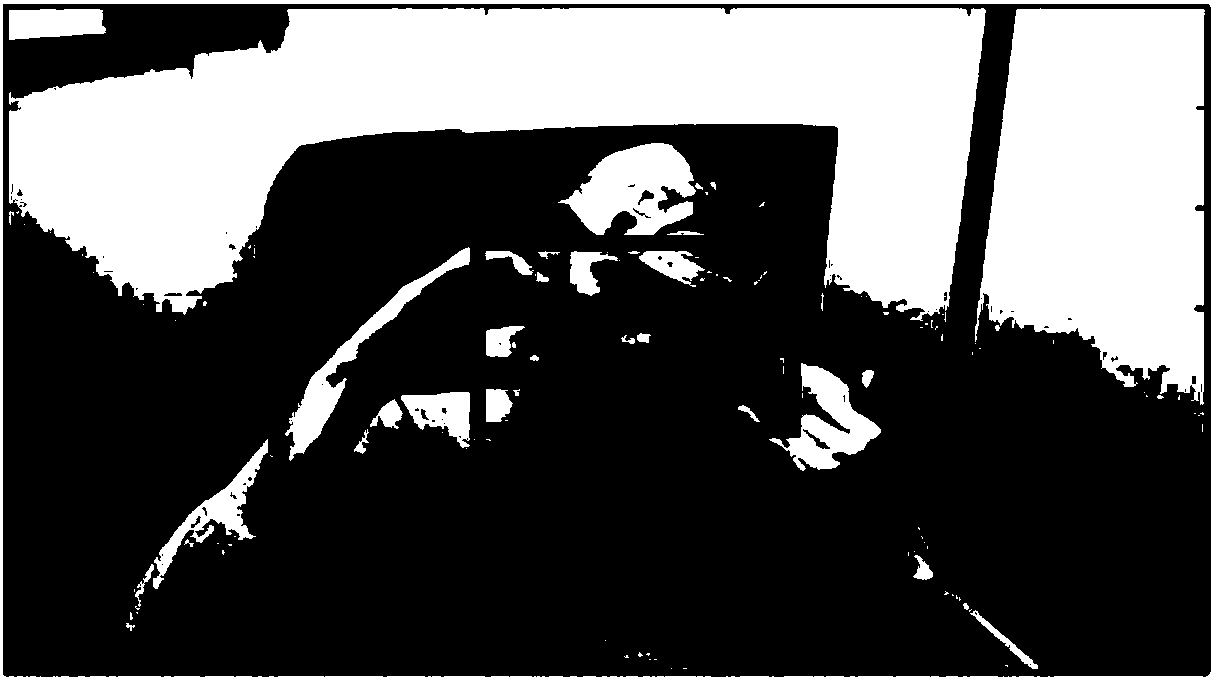Weakly supervised object detection method based on pseudo true value adaptive method
A technology of object detection and self-adaptive method, applied in neural learning methods, biological neural network models, image data processing, etc., can solve the problems of inaccurate object position detection and incompatible categories
- Summary
- Abstract
- Description
- Claims
- Application Information
AI Technical Summary
Problems solved by technology
Method used
Image
Examples
specific Embodiment approach 1
[0023] Specific implementation mode 1: The weakly supervised object detection method based on the false truth adaptive method of this implementation mode includes:
[0024] Step 1), constructing training samples;
[0025] Step 2), input the pictures in the training samples into the weakly supervised object detector based on the multiple-instance learning method (Multiple-Instance Learning);
[0026] Step 3), the output result of the weakly supervised object detector is subjected to non-maximum suppression processing, and the bounding box with the highest score of each object is selected in the processing result picture;
[0027] Step 4), according to the position information of the selected bounding box in step 3), train the candidate region generation network, use the candidate region generation network to generate a plurality of candidate regions, and keep all candidate regions whose overlapping area ratio with the true value is greater than a certain threshold; Objects of ...
specific Embodiment approach 2
[0035] Specific implementation mode two: the difference between this implementation mode and specific implementation mode one is that step one specifically includes:
[0036] Step 1.1), receiving keywords input by the user; the keywords are used to indicate the category of the object;
[0037] Step 1.2), use the keyword to search in the search engine, select a preset number of search results and use the keyword as the label information of the search result.
[0038] That is to say, the present invention only needs to know the simple object category information in the picture, and can train the model without complex object position information. The simple object category information here can be obtained in many ways, such as searching for pictures in the search engine in the form of keywords ("pedestrian", "vehicle", etc.), and downloading the top few thousand pictures can be used as training samples , no manual labeling is required.
[0039] It can be understood that, when u...
specific Embodiment approach 3
[0041] Specific embodiment three: the difference between this embodiment and specific embodiment one or two is: in step 1), the training sample set can be any one of PASCAL VOC 2007 / 2012, MC COCO, WIDER FACE and FDDB database, or is A database constructed according to the method of Embodiment 2. The above English names are the names of the databases.
[0042] Other steps and parameters are the same as those in Embodiment 1 or Embodiment 2.
PUM
 Login to View More
Login to View More Abstract
Description
Claims
Application Information
 Login to View More
Login to View More - R&D
- Intellectual Property
- Life Sciences
- Materials
- Tech Scout
- Unparalleled Data Quality
- Higher Quality Content
- 60% Fewer Hallucinations
Browse by: Latest US Patents, China's latest patents, Technical Efficacy Thesaurus, Application Domain, Technology Topic, Popular Technical Reports.
© 2025 PatSnap. All rights reserved.Legal|Privacy policy|Modern Slavery Act Transparency Statement|Sitemap|About US| Contact US: help@patsnap.com



